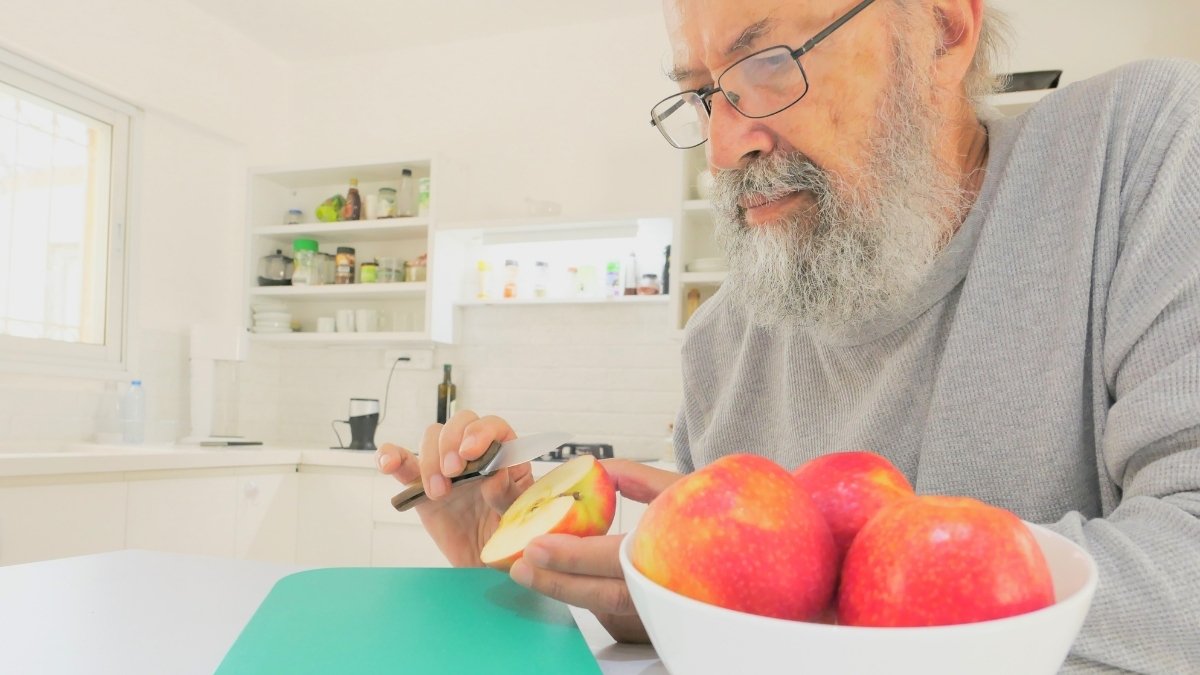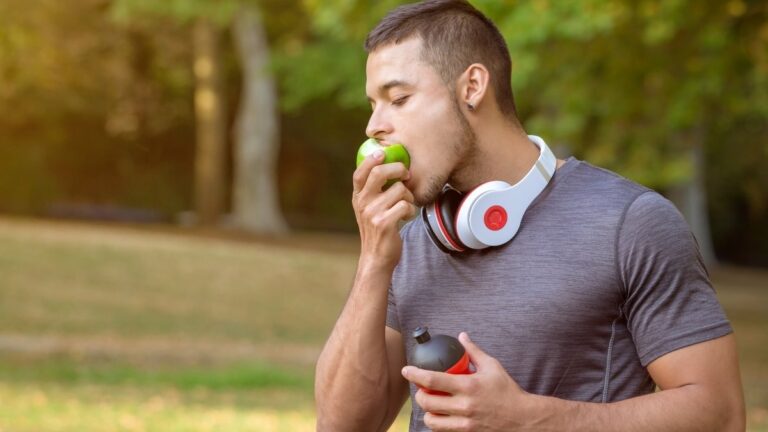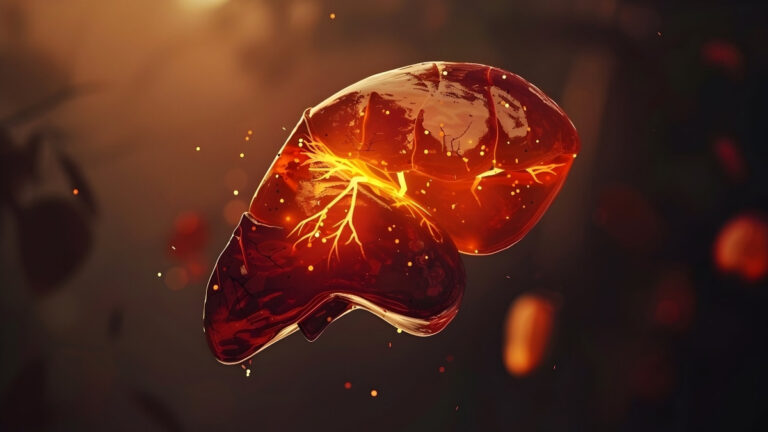Don’t Throw Your Food!!!…The Surprising Health Benefits of Food By-products: Turning Waste into Nutritional Treasure
What if the most nutritious part of your apple wasn’t the flesh you eat, but the peel you throw away? Americans discard 80 billion pounds of food annually, yet many “scraps” contain more nutrients than the parts we consume.
Food scraps health benefits are hiding in plain sight – from the nutritional value of food peels to fiber-rich stems we toss daily.
You’ll discover which food scraps pack surprising nutritional value, learn how to safely incorporate by-products into meals, understand environmental and financial benefits of food waste reduction, and explore science-backed health benefits that could transform your nutrition and budget.
🗑️➡️💎 Hidden Nutritional Powerhouses
What you throw away might be more nutritious than what you eat!
Apple Peels
vs. flesh
Potato Skins
vs. interior
Citrus Peels
vs. juice
Improves Blood Flow
Than Florets
Than Roots
For Better Sleep
Fight Inflammation
Heart Health
💡 Before you toss it – ask yourself: “Am I throwing away the best part?”
The Hidden Nutritional Powerhouses in Your Trash
You throw away apple peels. You toss potato skins. You dump watermelon rinds straight into the garbage. But what if I told you that you’re throwing away some of the most nutrient-packed parts of your food?
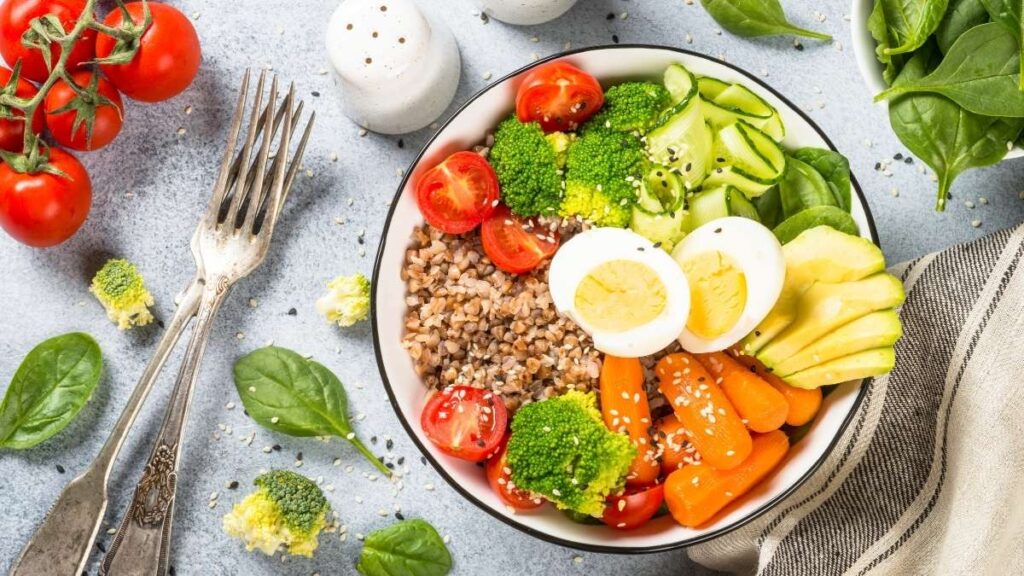
Here’s the truth that might shock you: the parts we usually trash often beat the “good” parts when it comes to nutritional value. Science backs this up with hard numbers.
Take apple peels. They pack 332% more vitamin K than the flesh you actually eat. Potato skins? They have seven times more iron than what’s inside. And those citrus peels you toss contain 5 to 10 times more vitamins than the juice you drink.
This happens because plants store protective compounds in their outer layers. Think of peels and skins as nature’s armor. They need extra nutrients to fight off bugs, weather, and disease. When we peel and process foods, we strip away these sustainable nutrition sources.
But we’re not just missing out on better health. We’re wasting serious money too. Americans throw away $218 billion worth of food every year. That’s not just cash down the drain. It makes food waste the third largest contributor to greenhouse gas emissions globally.
Let’s look at some specific examples of these food by-products you’ve been ignoring:
Watermelon rinds contain citrulline, an amino acid that helps your blood flow better. Most people eat the sweet red part and dump the white rind. Big mistake.
Food Scraps Nutrition Guide
Citrus Peels: Nature’s Antioxidant Treasure Trove
You throw away orange peels every day. But those bright rinds pack more nutrition than the fruit inside.
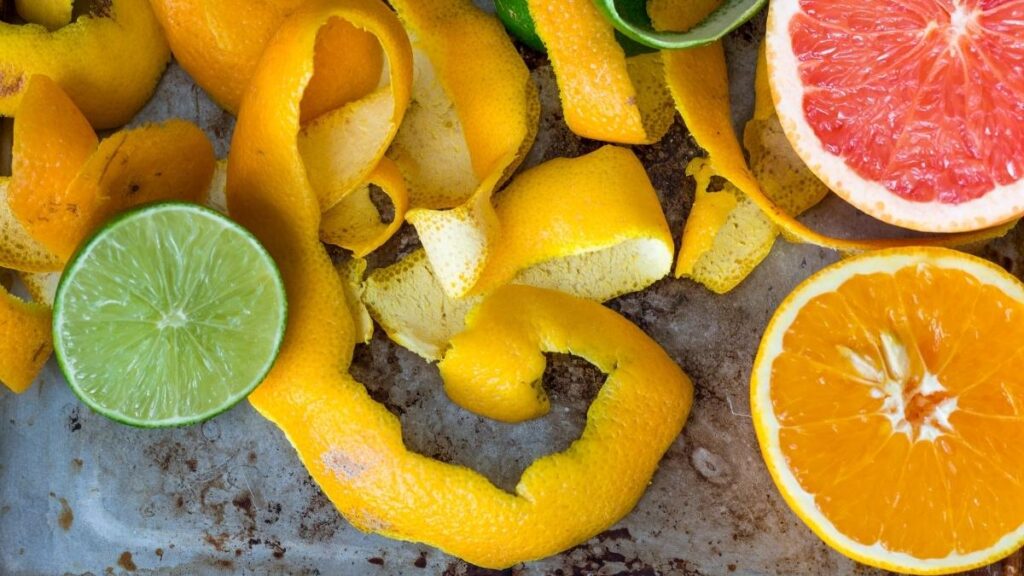
Citrus peel nutrition starts with flavonoids. These powerful compounds fight inflammation in your body. The Journal of Nutritional Science found that orange peels contain 20 times more hesperidin than the pulp. Hesperidin protects your heart and lowers blood pressure.
Your digestive system loves citrus peels too. They’re loaded with pectin, a fiber that feeds good gut bacteria. Pectin also helps control blood sugar spikes after meals. Think of it as nature’s slow-release mechanism for nutrients.
The essential oils in citrus peels do more than smell good. They contain limonene and other compounds that reduce stress and boost mood. Traditional Chinese medicine has used citrus peels for digestive problems for over 1,000 years. Now science backs up what ancient healers knew.
But here’s the catch: pesticides stick to peels. Conventional citrus gets sprayed heavily. If you want the antioxidant properties without chemicals, buy organic. Or scrub regular peels with baking soda and rinse well.
You can eat small amounts of clean peel safely. Grate lemon zest into yogurt. Add orange peel to smoothies. Dry peels and grind them into seasoning powder. Start small – your stomach needs time to adjust to the fiber.
Vegetable Stems and Leaves: The Overlooked Nutritional Champions
You cut off broccoli stems and toss carrot tops. Then you spend money on supplements for the same nutrients you just threw away.
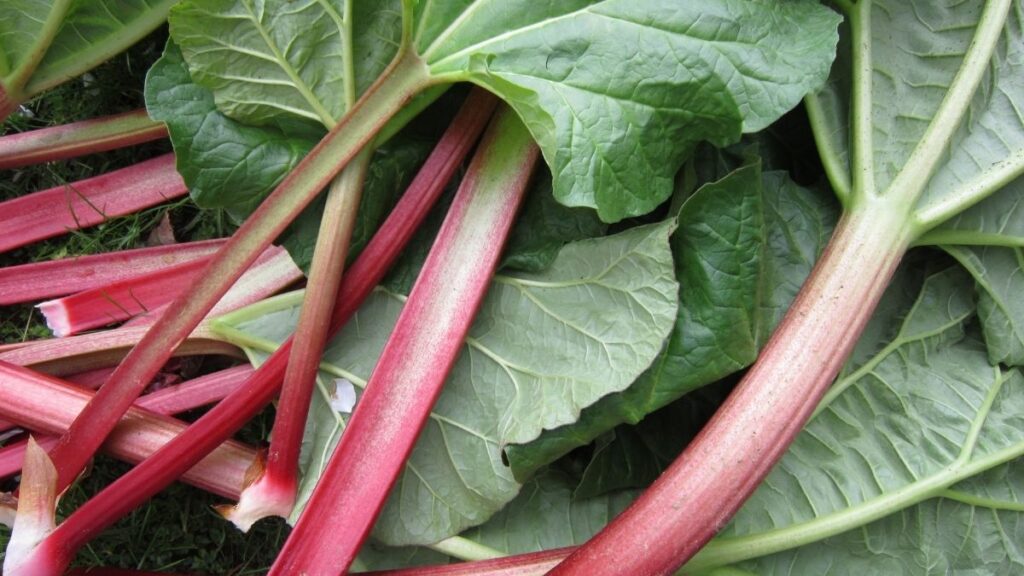
Vegetable stem nutrition beats the main event in many cases. Broccoli stems contain the same vitamin C as florets, plus 25% more fiber. That thick stalk you avoid has concentrated minerals and compounds that fight cancer.
Beet greens shame the roots below ground. These leafy tops contain 40% more vitamin A and K than beets themselves. They also pack more nitrates, which boost blood flow and athletic performance. Swiss chard stems store concentrated minerals like magnesium and potassium in their colorful cores.
Root vegetable greens are sustainable nutrition sources you already buy. Carrot tops contain six times more vitamin C than carrots. Radish leaves have more vitamin C than oranges. Turnip greens deliver calcium and iron your bones crave.
But taste matters. Raw stems can be tough and bitter. Here’s how to make them delicious:
Peel thick stems like broccoli stalks. Slice them thin and sauté with garlic. They taste like mild broccoli with extra crunch.
Massage tough greens like kale stems with salt and lemon juice. This breaks down fibers and reduces bitterness.
Add stems to soups and stews early. Long cooking softens fibers and mellows flavors.
Celery leaves concentrate all the flavor compounds. Chop them like parsley for instant seasoning. They contain more antioxidants than the stalks.
Grain Brans and Hulls: Fiber-Rich Nutritional Foundations
Food companies strip away the best parts of grains before they reach your pantry. Then they sell you fiber supplements made from the same stuff they removed.
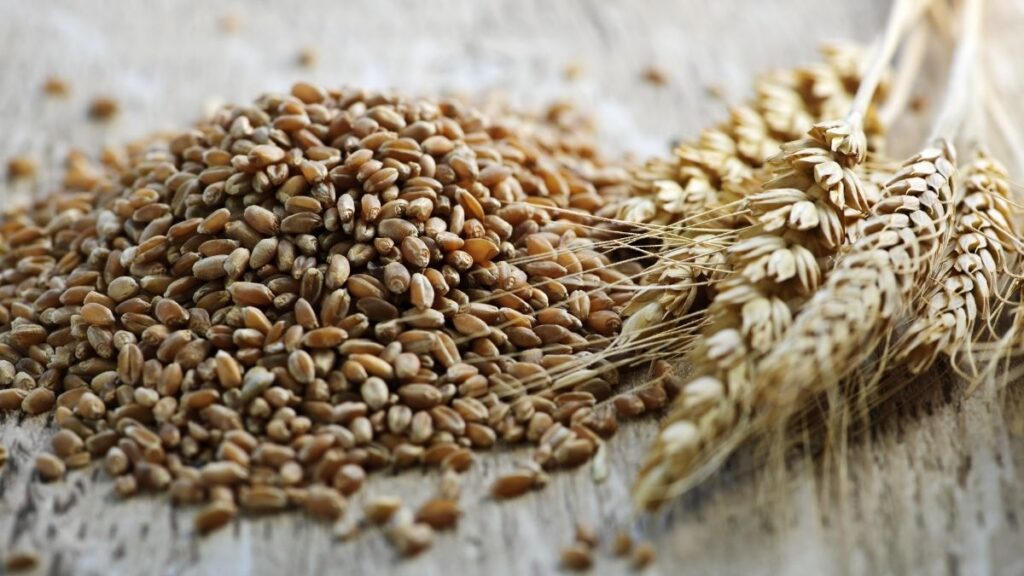
Grain bran nutrition shows why whole grains matter. The outer layers contain 75% of a grain’s nutrients. Processing removes this treasure to make food last longer on shelves.
Wheat bran packs 25% protein and 43% fiber. That’s more protein than many meat alternatives and enough fiber to keep your digestive system running smoothly. One tablespoon gives you 25% of your daily fiber needs.
Rice bran contains a complete amino acid profile. Your body can’t make these amino acids, so you need to eat them. Most people buy expensive protein powders when rice bran costs much less and works just as well.
Oat bran deserves special attention for its beta-glucan content. This soluble fiber grabs cholesterol in your digestive tract and carries it out of your body. Studies show oat bran can lower cholesterol by 15% in just six weeks.
The difference between soluble and insoluble fiber matters here. Soluble fiber from oats and barley forms gels that slow digestion and control blood sugar. Insoluble fiber from wheat bran acts like a scrub brush for your intestines.
Science-Backed Ways to Transform Food Waste into Nutrition
Your kitchen scraps contain hidden nutrition. Science shows simple methods can turn waste into health boosters without special equipment.
Smoothie Integration
Smoothies hide strong flavors while keeping nutrients intact. The key is ratios that taste good.
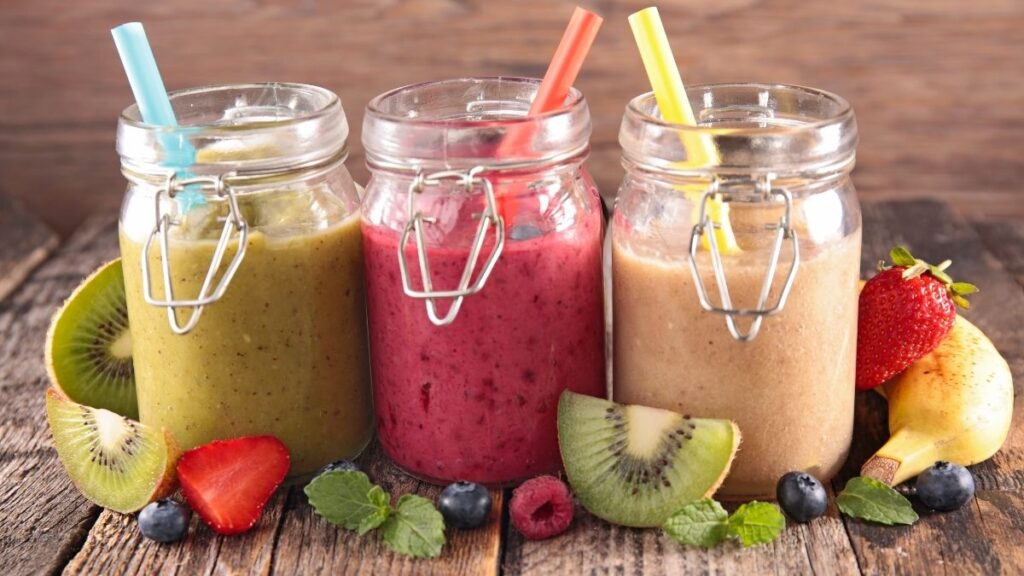
Start with one part peel to four parts fruit. Blend half an apple peel with two whole apples. Your taste buds won’t notice, but your body gets extra antioxidants.
Citrus peels need special handling. Use only the colored part, not white pith. Add tiny amounts – quarter-inch strips per smoothie. Freeze peels first to break down bitter compounds.
Banana peels work surprisingly well. They taste mild when blended and add potassium plus fiber. Wash them well and include the whole peel with two bananas.
Leafy vegetable tops blend easily. Carrot tops taste like mild parsley. Beet greens add earthy sweetness. Start with small handfuls until you like the taste.
Dehydration and Powdering
Dehydrating concentrates nutrients and creates versatile powders. You don’t need expensive equipment.
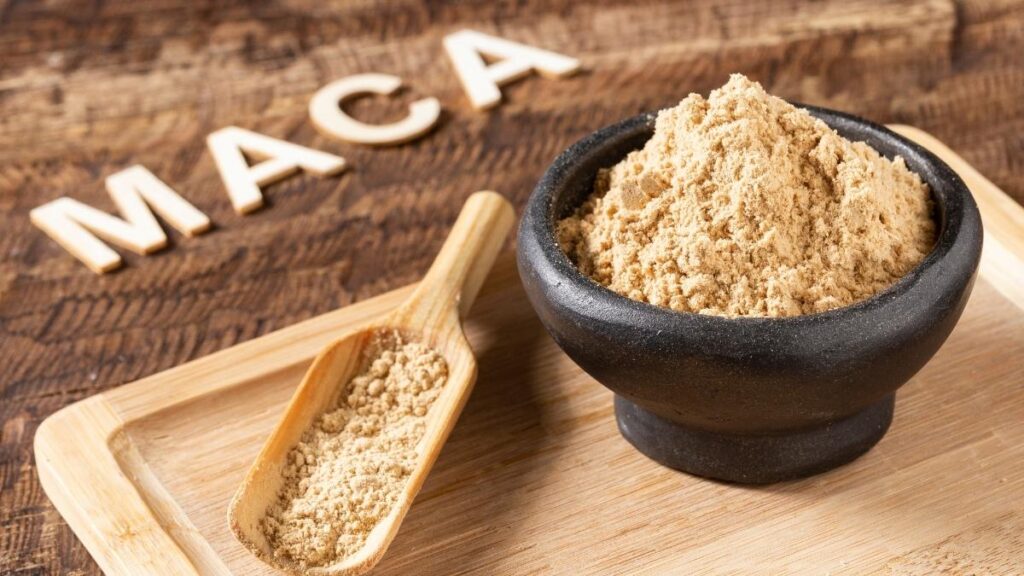
Your oven works at its lowest setting with the door cracked open. Spread cleaned scraps on baking sheets. Most vegetables dry in 4-6 hours. Fruits take 6-8 hours.
A coffee grinder turns dried scraps into fine powders. Citrus peels become instant seasoning. Vegetable powders add nutrition to soups and sauces without changing texture much.
Store powders in airtight containers. They last six months in cool, dark places. Label everything with dates because they look similar once ground.
Fermentation Applications
Fermentation creates probiotics from vegetable scraps. These beneficial bacteria improve gut health and help your immune system.
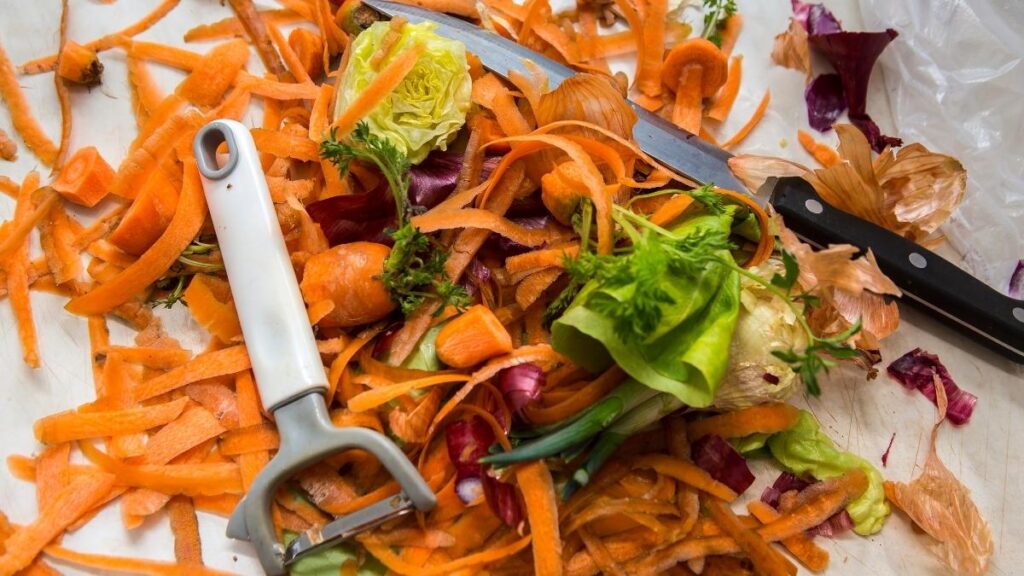
Basic vegetable scrap fermentation needs only salt and time. Chop scraps small and mix with 2% salt by weight. Pack in jars under their liquid. Ferment at room temperature for 3-7 days.
Cabbage cores and stems work well. So do broccoli stems, cauliflower leaves, and carrot tops. The process creates tangy, probiotic-rich foods that aid digestion.
Keep everything clean to avoid harmful bacteria. Use clean jars and utensils. Taste daily and refrigerate when you like the flavor.
Cooking Integration
Food scraps recipes start with stocks and broths. Vegetable trimmings make flavorful bases for soups. Save onion skins, herb stems, and vegetable ends in the freezer until you have enough.
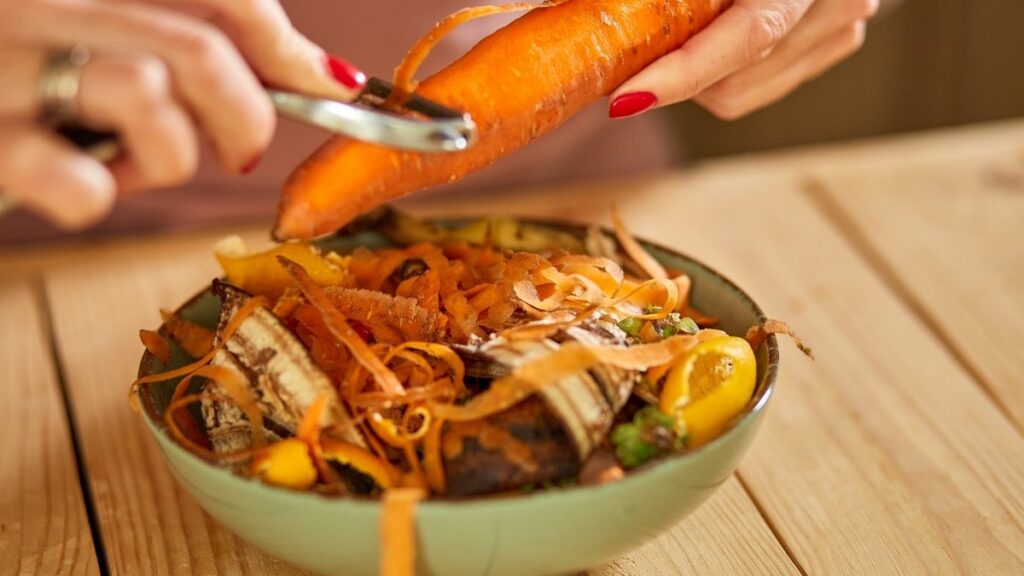
Simmer scraps with water for 45 minutes. Strain out solids and use the liquid. This method pulls minerals and vitamins into an easy-to-use form.
Dried and ground scraps become custom seasonings. Mix different vegetable powders for unique blends. Nutritional value preservation works best when you avoid high heat during drying.
Sustainable cooking methods turn waste into wealth. Your grocery budget stretches further when you use everything you buy.
The Circular Economy Connection: Environmental and Health Synergy
Your food scraps create a powerful connection between personal health and planetary health. When you eat what others throw away, you help both.
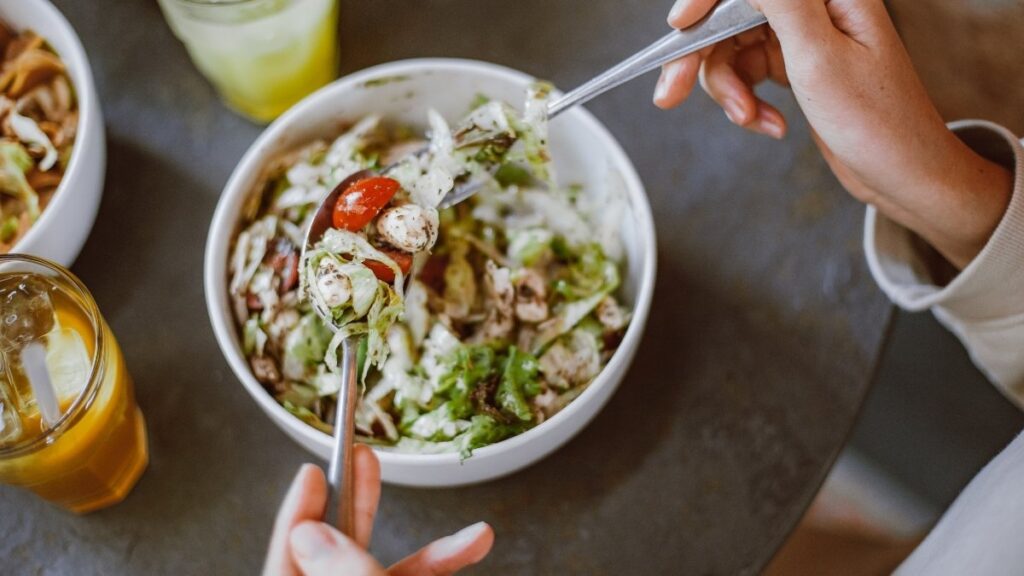
Circular economy food systems keep nutrients cycling instead of ending in landfills. Right now, 40% of household food waste could become nutrition with simple changes. You already bought these nutrients – why not use them?
The numbers tell a compelling story. Food waste creates 3.3 gigatons of CO2 equivalent annually. That’s more than any country except China and the USA. When you eat scraps instead of tossing them, you shrink your carbon footprint significantly.
Your wallet benefits too. The average household throws away $750 worth of food yearly. Much of that waste contains more nutrition than the parts people eat. Citrus peels cost nothing extra but deliver concentrated antioxidants. Vegetable stems come free with every bunch of greens.
Resource efficiency starts in your kitchen. It takes water, soil, and energy to grow food. Throwing away nutrient-dense parts wastes all those resources. Using stems, peels, and leaves maximizes the environmental investment in your food.
The health connection runs deeper than saving money. Processed foods in packages create more waste and contain fewer nutrients. Food scraps from whole fruits and vegetables provide concentrated nutrition without packaging waste.
Future innovations will make this easier. Companies are developing ways to turn food by-products into supplements and functional foods. But you don’t need to wait. Your kitchen already has the tools to extract nutrition from scraps.
Safety First: When to Avoid Certain Food Scraps
Not all food scraps belong in your body. Some parts of plants contain compounds that can hurt you. Smart scrap eating means knowing what to skip.
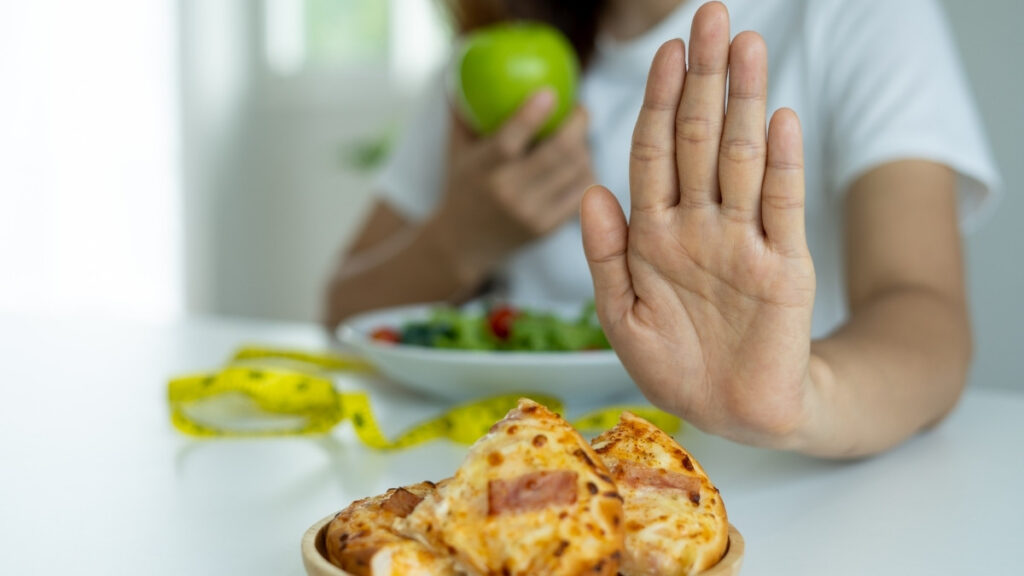
Avoid these completely: Rhubarb leaves contain oxalic acid that damages kidneys. Cherry pits and apple seeds have compounds that release cyanide when you chew them. Small amounts won’t kill you, but large amounts can make you sick.
Stone fruit pits deserve caution. Apricot, peach, and plum pits contain amygdalin. Your digestive system turns this into cyanide. Eating one pit occasionally won’t hurt most people. But don’t make it a habit.
Potato green parts signal danger. Green skin and sprouts contain solanine, a toxic compound that causes nausea and headaches. Cut away all green parts before eating potato peels.
Safe food preparation matters more than which scraps you choose. Pesticide residues concentrate on peels and outer leaves. Conventional produce carries more chemical residues than organic.
Here’s how to clean food scraps properly:
Rinse everything under running water. Scrub firm produce with a vegetable brush. Soak leafy greens in cold water for 10 minutes, then rinse.
Baking soda removes more pesticides than water alone. Mix one teaspoon per cup of water. Soak produce for 15 minutes, then rinse well.
Peeling removes most pesticides but also nutrients. If you peel, save organic peels for eating and compost conventional ones.
Most fruit peels, vegetable stems, and leaves are safe with proper cleaning. The nutrition benefits usually outweigh small risks from residues.
Conclusion:
The hidden world of food scraps health benefits represents one of the most accessible paths to better nutrition and environmental stewardship available in your kitchen today.
From citrus peels packed with inflammation-fighting flavonoids to vegetable stems containing more fiber than their prized counterparts, these overlooked nutritional powerhouses offer both immediate health advantages and long-term sustainability benefits.
By incorporating just a few of these nutrient-dense scraps into your weekly routine, you can reduce your household’s contribution to the 80 billion pounds of annual food waste while potentially saving hundreds of dollars on grocery bills.
The science is clear: apple peels deliver 332% more vitamin K, broccoli stems provide equal vitamin C with bonus fiber, and grain brans offer complete amino acid profiles we’ve been discarding for decades. Start small this week – blend watermelon rinds into your smoothie, sauté those broccoli stems, or dry citrus peels for homemade seasoning.


